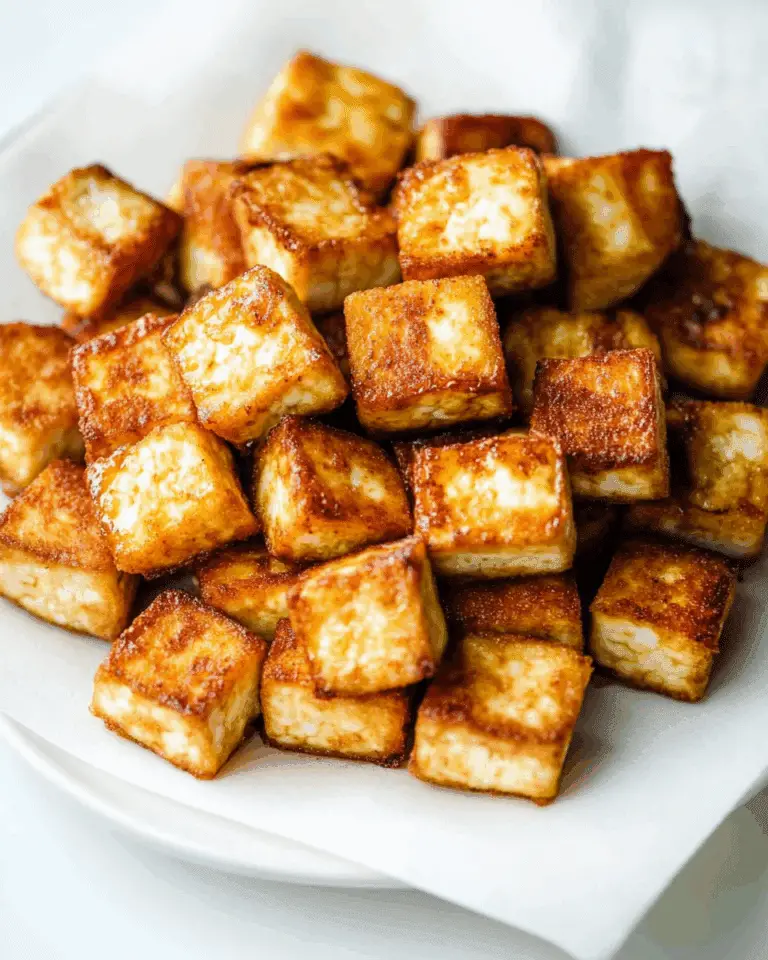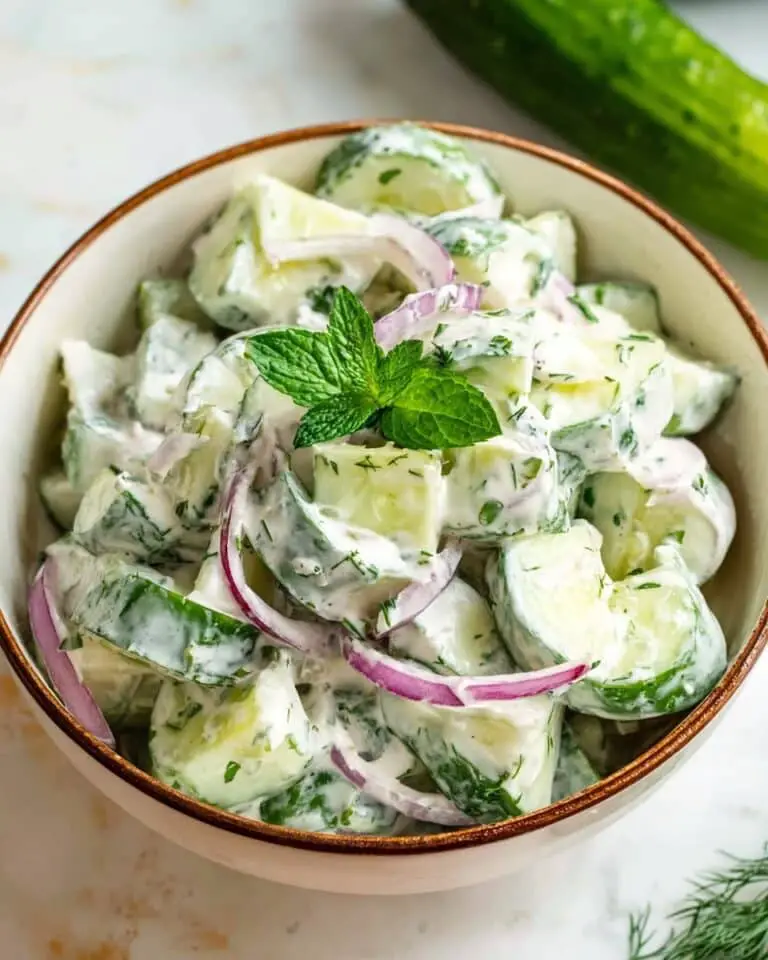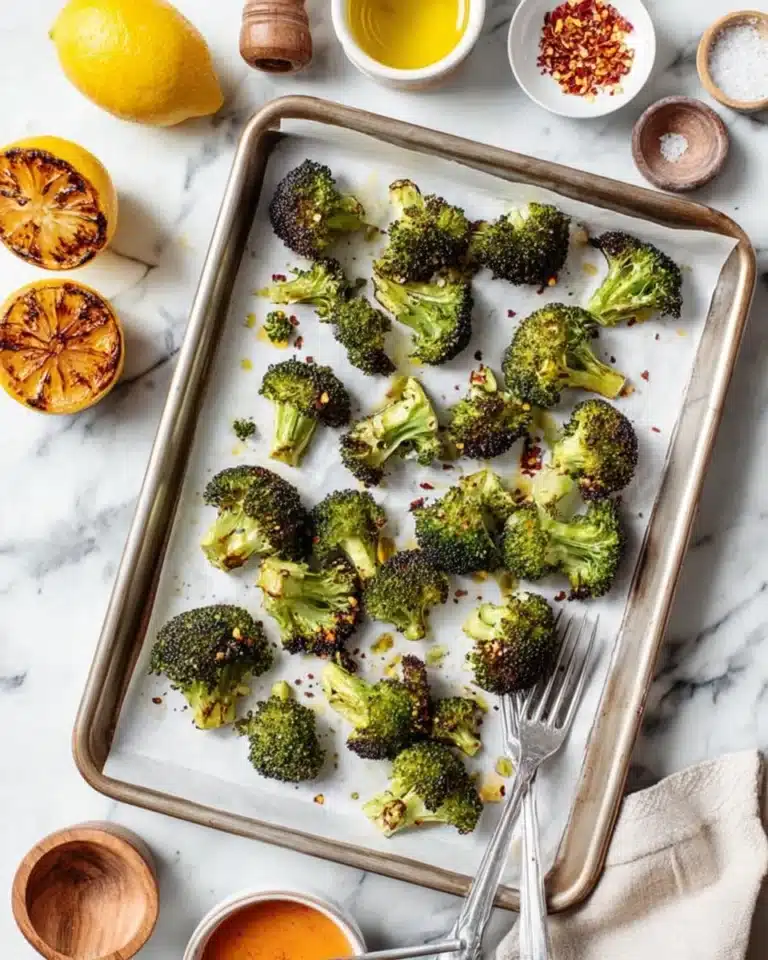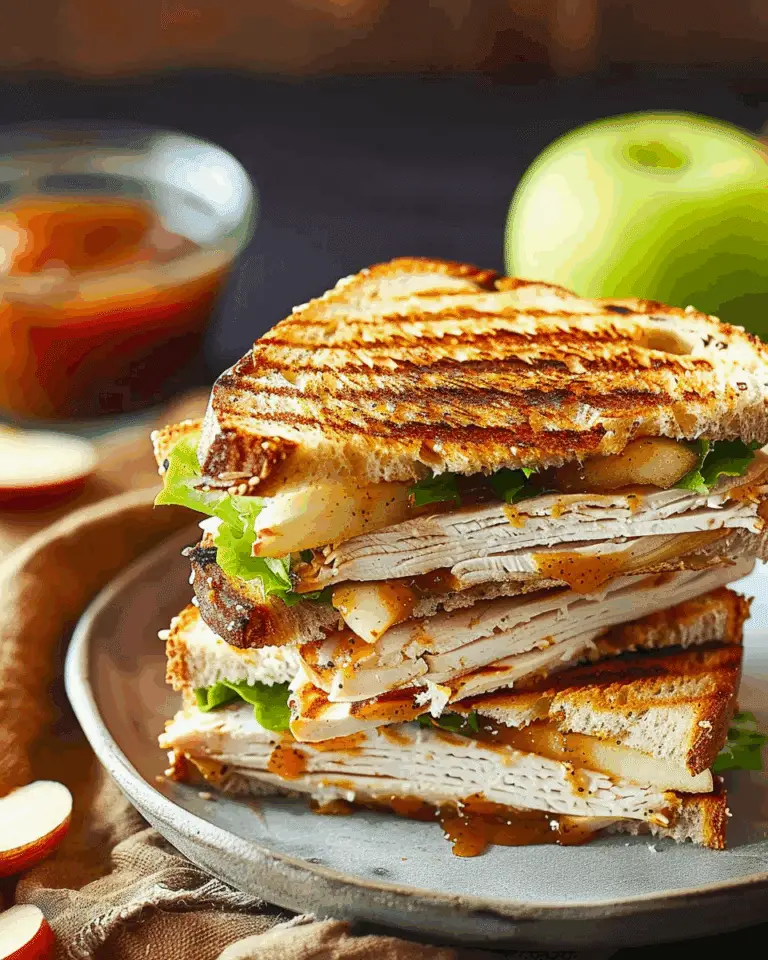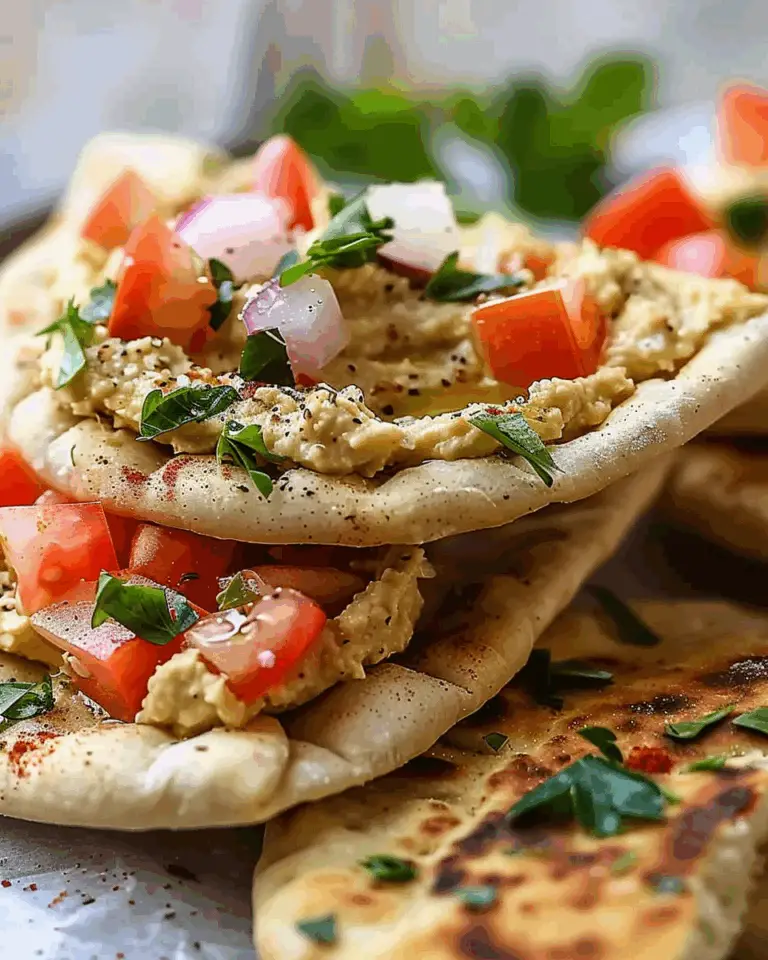If you’re craving a quick, tasty, and utterly satisfying bread that feels homemade without any fuss, this Greek Yogurt Flatbread Recipe is absolute magic. With only two main ingredients and a tiny bit of salt, you can whip up warm, pillowy flatbreads that puff up perfectly and have that delightful charred flavor from pan cooking. Perfect for scooping up dips, wrapping your favorite fillings, or simply enjoying warm and fresh, this flatbread is a kitchen hero that transforms minimal ingredients into maximum satisfaction.
Ingredients You’ll Need

It’s incredible how just a few simple ingredients come together to create such a beautiful and versatile flatbread. Each component plays a crucial role in the texture, taste, and ease of preparation.
- 220 grams Greek yogurt: The star ingredient that gives the bread a tender texture and subtle tang, making it lighter than traditional flatbreads.
- 140 grams self-rising flour: Adds just enough lift and structure so that the flatbread puffs up slightly while staying soft and perfect for folding.
- 1 teaspoon salt: Enhances all the flavors and adds that essential seasoning to balance the dough perfectly.
How to Make Greek Yogurt Flatbread Recipe
Step 1: Combine Your Ingredients
Start by mixing the Greek yogurt with the self-rising flour and salt in a large bowl. The goal is to get a dough that is smooth and not sticky. If it feels too dry, add a little more yogurt; if too wet, sprinkle in a bit more flour. This step is key to achieving that perfect consistency that results in soft, pliable flatbreads.
Step 2: Let the Dough Rest
Shape your dough into a ball and let it rest for about 30 minutes. This quiet time helps the flour absorb the moisture fully and relaxes the dough, making it easier to roll out later.
Step 3: Divide and Roll
After resting, knead the dough briefly on a lightly floured surface, then divide it into four equal portions. Roll each piece into a thin circle using a rolling pin. The thinner you roll it, the lighter and crispier the flatbread will be once cooked.
Step 4: Cook the Flatbread
Heat a cast-iron skillet or heavy pan over high heat with just a little olive oil. Cook each flatbread for a few minutes on each side. You’ll notice the bread puffing up and developing those delicious charred spots, which add an authentic grilled flavor and texture. Repeat until all four pieces are cooked and golden.
How to Serve Greek Yogurt Flatbread Recipe
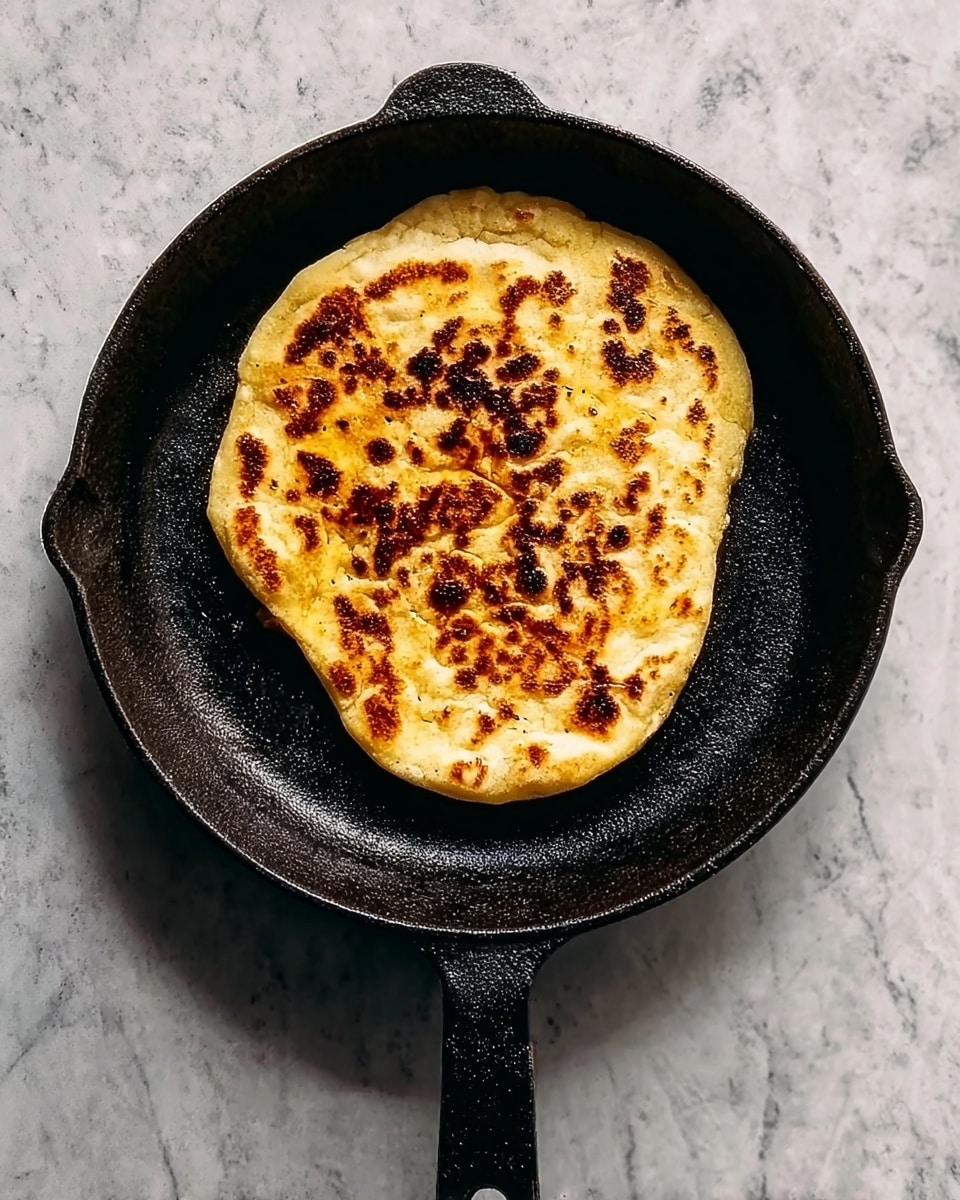
Garnishes
This flatbread is a fantastic base that pairs beautifully with fresh herbs like parsley, mint, or dill sprinkled on top after cooking. A drizzle of olive oil, a squeeze of fresh lemon, or even some flaky sea salt can elevate your serving even further.
Side Dishes
Serve alongside creamy hummus, tzatziki, or baba ganoush for a Mediterranean-inspired snack. It also works brilliantly as a wrap for grilled meats, roasted vegetables, or a simple toasted cheese sandwich filling.
Creative Ways to Present
Try folding the flatbread in half with your favorite fillings for an impromptu flatbread sandwich or cut into triangles and serve as flatbread chips with dips. You can even top them with sautéed garlic, spinach, feta, or olives for a quick, inspiring appetizer.
Make Ahead and Storage
Storing Leftovers
If you have extra flatbreads, store them in an airtight container in the refrigerator for up to 2 days. Be sure to cool them completely before storing to avoid condensation, which can make them soggy.
Freezing
These flatbreads freeze very well. Place sheets of parchment paper between each flatbread and store them in a freezer-safe bag. They can be kept frozen for up to one month. When you’re ready to enjoy them, thaw at room temperature or warm directly from frozen.
Reheating
To bring leftover flatbreads back to life, warm them gently in a hot skillet for a minute or two on each side or pop them in the oven wrapped in foil at 350°F (175°C) until heated through. This way, they regain their soft and fluffy texture along with those irresistible toasted spots.
FAQs
Can I use regular flour instead of self-rising flour?
Yes, but you’ll need to add 1 ½ teaspoons of baking powder and ½ teaspoon salt to every 140 grams of plain flour to mimic self-rising flour. This helps your flatbread puff up nicely.
What type of Greek yogurt should I use?
Use full-fat Greek yogurt for the best texture and flavor. Non-fat versions can work but might make the dough less tender and flavorful.
Is it necessary to let the dough rest?
Resting the dough for 30 minutes allows the gluten to relax and the moisture to distribute evenly, resulting in softer, easier to roll flatbreads that cook more beautifully.
Can I cook these flatbreads on a grill?
Absolutely! Grilling adds a wonderful smoky flavor and those signature charred spots. Just keep the heat medium-high and watch closely to prevent burning.
How should I store the dough if I want to make flatbreads later?
You can refrigerate the dough wrapped tightly in cling film for up to 24 hours. Let it come to room temperature before rolling and cooking for best results.
Final Thoughts
This Greek Yogurt Flatbread Recipe is a delightful discovery for anyone who loves homemade bread but doesn’t want to fuss with complicated ingredients or long wait times. It’s perfect for weeknights, impromptu meals, or when you just want that fresh, warm bread fix. I promise once you try it, this simple bread will become a staple in your kitchen rotation—you’ll be amazed at how a few thoughtful ingredients come together so effortlessly!
Print
Greek Yogurt Flatbread Recipe
- Total Time: 12 minutes
- Yield: 4 flatbreads
- Diet: Vegetarian
Description
This Greek Yogurt Flatbread is a deliciously simple and quick recipe made with just two main ingredients—Greek yogurt and self-rising flour. Perfectly soft with a slight char from skillet cooking, these flatbreads are ideal for sandwiches, dips, or as a side to any meal. Ready in just 12 minutes, it’s a convenient homemade bread alternative with authentic Greek flavors.
Ingredients
Flatbread Dough
- 220 grams Greek yogurt
- 140 grams self-rising flour
- 1 teaspoon salt
Instructions
- Combine Ingredients: In a large bowl, mix together the self-rising flour and Greek yogurt. Stir well until the dough begins to come together.
- Adjust Dough Consistency: Check the consistency of the dough. If it feels too dry, add 1 tablespoon of Greek yogurt. If it’s too sticky, add 1 tablespoon of flour. Aim for a smooth dough that isn’t sticky.
- Rest the Dough: Form the dough into a ball, cover it, and allow it to rest for 30 minutes at room temperature. This helps to relax the gluten and makes it easier to roll out.
- Knead and Divide: On a lightly floured surface, knead the dough briefly, then divide it into 4 equal pieces.
- Roll Out: Using a rolling pin, roll each piece into a thin circular flatbread, about 1/8 inch thick.
- Heat Skillet: Preheat a cast-iron skillet over high heat and add a small amount of olive oil to coat the surface.
- Cook Flatbreads: Place each rolled dough circle onto the hot skillet. Cook for a few minutes on each side until the flatbread puffs up and gets charred spots, which adds to the flavor.
- Repeat: Continue cooking all the remaining flatbreads in the same manner, using more olive oil if necessary.
Notes
- If you don’t have self-rising flour, you can make your own by combining 1 cup all-purpose flour with 1 1/2 teaspoons baking powder and 1/2 teaspoon salt.
- Adjust the amount of Greek yogurt or flour as needed to achieve the right dough consistency.
- Cook flatbreads on high heat for best puff and char; too low heat will result in a denser bread.
- These flatbreads are best enjoyed fresh but can be wrapped and stored in an airtight container for up to 2 days.
- Serve with dips like tzatziki, hummus, or use as a wrap for grilled meats and vegetables.
- Prep Time: 10 minutes
- Cook Time: 2 minutes
- Category: Bread
- Method: Frying
- Cuisine: Greek

